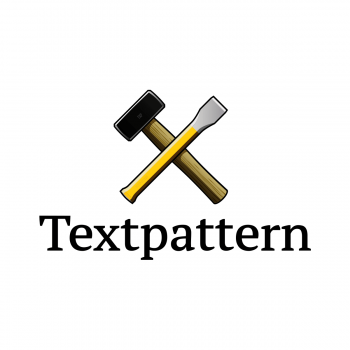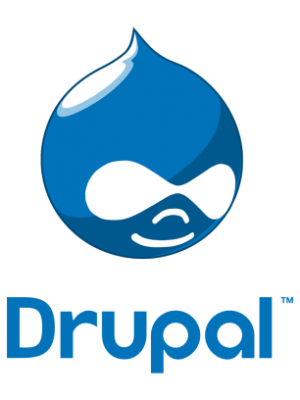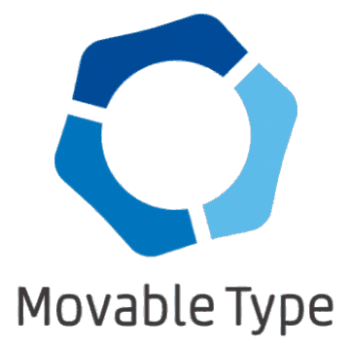Google AdSense is the publisher’s side of Google’s advertising program. The other side is AdWords. The two programs work hand in hand where advertisers pay Google to run their ads as sponsored links on the Google search engine and on approved publisher websites. Google, then rewards qualified publishers by paying them a portion of the ad revenue in return for potential customers or leads. This program is called AdSense.
People who run developed websites, either through their own domain names or through one of the free blogs, are called publishers. They publish content and maybe sell products of their own or from affiliate programs. Generally speaking, the content must have some value to users, at which time, the publisher or webmaster may apply for a Google AdSense account. Google’s team will review the site for eligibility and then either approve or deny the application. As the long as the site is deemed appropriate, it will be approved. Examples of sites that are not acceptable to Google are adult related sites, sites selling illegal products or services, sites that promote hatred or prejudice, and sites that appear to have been made solely for the purpose of earning AdSense revenue. These sites are called MFA (Made for AdSense) and normally are poor in quality with little or no understandable content.
Once the webmaster is approved to the program, she logs in to her account and finds various ways to promote the ads that other businesses run on Google’s network. Currently, the choices are word ads, word and image ads combined, image only ads, link units (list of four or five keyword links leading to a search page), site search, and ads for feeds. Other options exist but not everyone is approved to use them right away.
After having chosen the type of ad to run on the site, the next step is to choose the ad format. Since each webmaster has a different idea of where to place her ads, Google offers different sizes of banners, skyscrapers, boxes, buttons and headers or leader boards. The program also allows the webmaster to customize the ads according to background color, text color, link color, and border. Lastly, the webmaster can customize the code by setting up channels in order to track pages or websites. Then, the code is quickly created and the webmaster takes the snippet and adds it to the spot where she wants the ads to show. After about ten minutes, the Google ads will be displayed.
Normally, Google will search the webmaster’s site for the most relevant keywords. The ads that are served on the page should be targeted. This means that if you own a site about teaching children how to play the piano, the ads that you see on your site should be related to learning to play an instrument or reading music. As your users see the ads, they will click on the ones that are of interest to them. As we stated earlier, Google pays a portion of the ad revenue to the webmaster, so the better quality the leads you provide, the higher the revenue.
But it is important at this point to explain how the revenue generation actually works:
- Google pays you for every legitimate click on an ad on your network of sites.
- You may not entice your users to click on the ads. So you may not place your ads in a devious fashion nor may you tell your users to click on the ads. You may not tell them to support your site by visiting the sponsors. Your users must click of their own free will without any prodding from you.
- Obviously, to circumvent the mass amounts of click fraud, you are not permitted to click on any ads on your network of sites.
- Publishers do not know how much Google pays. Whether you receive a penny a click or ten dollars a click is a secret. You can figure out the average after the fact, but when trying to see what ads on a page are better, you really cannot. Plus, the value of the exact same click can change. So basically, no-one is told what the percentage is per click. It is not static.
- We indicated that the better your leads, the better the payout. But again, in a way, you have no control over those leads. You do not know whether those prospects bought from the company on whose ad they clicked. So, although you may want to improve revenue, it is not always that easy because you do not have all the factors available to you.
- Having said that you cannot control your users buying patterns, you can ensure that your site has excellent quality content. The better the content, the more targeted the ads, and presumably, the better the revenue.
- Google can and will ban you from the AdSense program for any number of infractions. Some examples are: placing your code on “illegal sites”, placing your code on other people’s sites, clicking your own ads, committing other forms of click fraud by having robots or the same people click your ads, by having too high a click rate which is not the industry norm, consistently sending poor quality traffic to the sponsors, and anything else Google deems inappropriate.
Assuming everything is okay, at the end of the month, Google adds up all the click dollars and if you have reached at least $100US, a check is mailed out around the 24th of the next month. Some webmasters are approved to receive their earnings via EFT (electronic funds transfer) or ACH (automated clearing house meaning automatic deposits).







